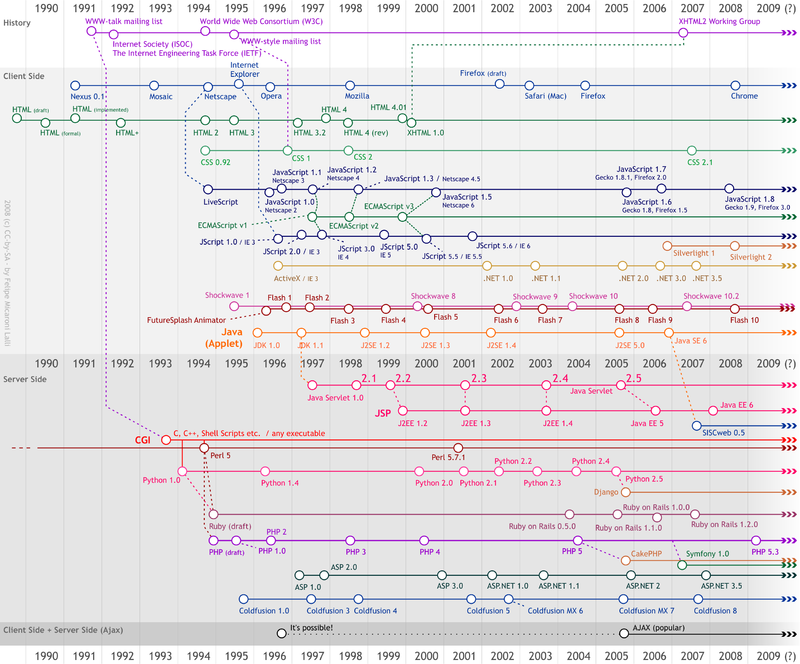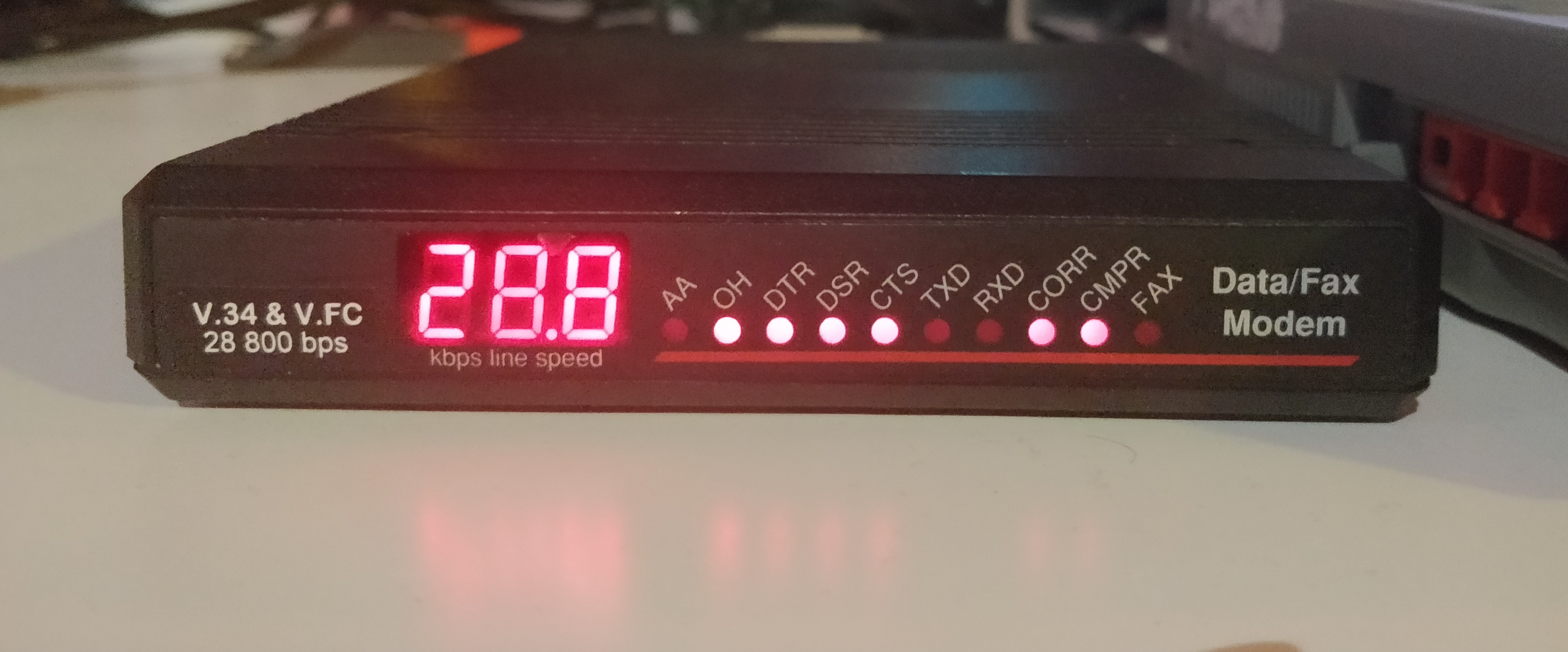|
Compupress
Compupress is a Greek publishing company formed in 1982. Originally the company was formed in order to publish computer magazines and books. Following the decline of the computer magazine market, the company expanded to publish fantasy and science fiction, comic books and graphic novels, manga and children's magazines. Computer magazines Compupress published the first Greek computer magazine: ''Computers For All'' (') - which celebrated its 300th issue in August 2009. In the past the magazine has licensed material from the well-known British magazines ''Personal Computer World'', ''PC Plus'' and ''PC Answers''. Having already migrated as an e-magazine to the iPad as well as the Adobe Digital Editions platforms in 2012, the magazine published its final paper issue (#344) in May 2013. The company also published ''Pixel'', a Greek language home computing magazine during the era of the 8/16-bit micros (Sinclair ZX81, ZX Spectrum, VIC-20, Commodore 64, Amstrad CPC, Atari ST, Amiga etc. ... [...More Info...] [...Related Items...] OR: [Wikipedia] [Google] [Baidu] |
Air Warrior
''Air Warrior'' was a multiplayer online combat flight simulation game launched by Kesmai in 1988. It was hosted on GEnie and used that service as a server for client software running on a variety of personal computers. It underwent continual improvement through its decade-long lifetime with Kesmai, appearing on new platforms and host services. Electronic Arts purchased Air Warrior in 1999, and became provider of the game, but it was discontinued in 2001. Sequels ''Air Warrior II'' and ''Air Warrior III'' were both released in 1997 and published by Interactive Magic. Air Warrior was one of the first massive online games, hosting hundreds of users during busy periods. It inspired ''WarBirds'', which in turn inspired '' Aces High'', while other members of the ''Warbirds'' team went on to produce ''World War II Online''. Today there are a number of similar games, like ''WarThunder'', most of them based on a freemium model. History Introduced in 1988 by Kesmai, ''Air Warrior'' was p ... [...More Info...] [...Related Items...] OR: [Wikipedia] [Google] [Baidu] |
Personal Computer World
''Personal Computer World'' (''PCW'') (February 1978 - June 2009) was the first British computer magazine. Although for at least the last decade it contained a high proportion of Windows PC content (reflecting the state of the IT field), the magazine's title was not intended as a specific reference to this. At its inception in 1978 'personal computer' was still a generic term (the Apple II, PET 2001 and TRS-80 had been launched as personal computers in 1977.) The magazine came out before the Wintel (or IBM PC compatible) platform existed; the original IBM PC itself was introduced in 1981. Similarly, the magazine was unrelated to the Amstrad PCW. History ''PCW'' was founded by the Croatian-born Angelo Zgorelec"About the authors" visit-croatia.co.uk. Article retrieved 2006-11-24. in 1978, [...More Info...] [...Related Items...] OR: [Wikipedia] [Google] [Baidu] |
CoSy (computer Conferencing System) , a fabric or foam sleeve to thermally insulate a beverage container
{{disambig ...
Cosy may refer to * Tea cosy, a cover for a teapot * Cozy mystery, a subgenre of crime fiction * Cosy catastrophe, post-apocalyptic science fiction style * Correlation spectroscopy (COSY) * CoSy (Conferencing System), an early computer conferencing system See also * Cozy (other) * Koozie A koozie ( ) ( US) or stubby holder ( Australian) is a fabric or foam sleeve that is designed to thermally insulate a beverage container, like a can or bottle. Name, origin, and trademark dispute The name "Koozie", with a capital "K", is a ... [...More Info...] [...Related Items...] OR: [Wikipedia] [Google] [Baidu] |
Covermount
Covermount (sometimes written cover mount) is the name given to storage media (containing software and or audiovisual media) or other products (ranging from toys to flip-flops) packaged as part of a magazine or newspaper. The name comes from the method of packaging; the media or product is placed in a transparent plastic sleeve and mounted on the cover of the magazine with adhesive tape or glue. History Audio recordings were distributed in the UK by the use of covermounts in the 1960s by the fortnightly satirical magazine ''Private Eye'' though the term "covermount" was not in usage at that time. The Private Eye recordings were pressed onto 7" floppy vinyl (known as "flexi-discs" and "flimsies") and mounted on to the front of the magazine. The weekly pop music paper ''NME'' issued audio recordings of rock music on similar 7" flexi-discs as covermounts in the 1970s. The covermount practice continued with computer magazines in the early era of home computers. In the United Kingdo ... [...More Info...] [...Related Items...] OR: [Wikipedia] [Google] [Baidu] |
Future Publishing
Future plc is an international multimedia company established in the United Kingdom in 1985. The company has over 220 brands that span magazines, newsletters, websites, and events in fields such as video games, technology, films, music, photography, home, and knowledge. Zillah Byng-Thorne has been CEO since 2014. The company is listed on the London Stock Exchange and is a constituent of the FTSE 250 Index. History 1985–2012 The company was founded as Future Publishing in Somerton, Somerset, England, in 1985 by Chris Anderson with the sole magazine ''Amstrad Action''. An early innovation was the inclusion of free software on magazine covers; they were the first company to do so. It acquired GP Publications so establishing Future US in 1994. From 1995 to 1997, the company published ''Arcane'', a magazine which largely focused on tabletop games. Anderson sold Future to Pearson plc for £52.7m in 1994, but bought it back in 1998, with Future chief executive Greg Ingham and ... [...More Info...] [...Related Items...] OR: [Wikipedia] [Google] [Baidu] |
Discover (magazine)
''Discover'' is an American general audience science magazine launched in October 1980 by Time Inc. It has been owned by Kalmbach Publishing since 2010. History Founding ''Discover'' was created primarily through the efforts of ''Time'' magazine editor Leon Jaroff. He noticed that magazine sales jumped every time the cover featured a science topic. Jaroff interpreted this as a considerable public interest in science, and in 1971, he began agitating for the creation of a science-oriented magazine. This was difficult, as a former colleague noted, because "Selling science to people who graduated to be managers was very difficult".Hevesi, Dennis"Leon Jaroff, Editor at Time and Discover Magazines, Dies at 85" ''The New York Times'', 21 October 2012 Jaroff's persistence finally paid off, and ''Discover'' magazine published its first edition in 1980. ''Discover'' was originally launched into a burgeoning market for science magazines aimed at educated non-professionals, intended to ... [...More Info...] [...Related Items...] OR: [Wikipedia] [Google] [Baidu] |
Dot-com Bubble
The dot-com bubble (dot-com boom, tech bubble, or the Internet bubble) was a stock market bubble in the late 1990s, a period of massive growth in the use and adoption of the Internet. Between 1995 and its peak in March 2000, the Nasdaq Composite stock market index rose 400%, only to fall 78% from its peak by October 2002, giving up all its gains during the bubble. During the dot-com crash, many online shopping companies, such as Pets.com, Webvan, and Boo.com, as well as several communication companies, such as Worldcom, NorthPoint Communications, and Global Crossing, failed and shut down. Some companies that survived, such as Amazon, lost large portions of their market capitalization, with Cisco Systems alone losing 80% of its stock value. Background Historically, the dot-com boom can be seen as similar to a number of other technology-inspired booms of the past including railroads in the 1840s, automobiles in the early 20th century, radio in the 1920s, television in the 19 ... [...More Info...] [...Related Items...] OR: [Wikipedia] [Google] [Baidu] |
E-book
An ebook (short for electronic book), also known as an e-book or eBook, is a book publication made available in digital form, consisting of text, images, or both, readable on the flat-panel display of computers or other electronic devices. Although sometimes defined as "an electronic version of a printed book", some e-books exist without a printed equivalent. E-books can be read on dedicated e-reader devices, but also on any computer device that features a controllable viewing screen, including desktop computers, laptops, tablets and smartphones. In the 2000s, there was a trend of print and e-book sales moving to the Internet, where readers buy traditional paper books and e-books on websites using e-commerce systems. With print books, readers are increasingly browsing through images of the covers of books on publisher or bookstore websites and selecting and ordering titles online; the paper books are then delivered to the reader by mail or another delivery service. With e-b ... [...More Info...] [...Related Items...] OR: [Wikipedia] [Google] [Baidu] |
The 4th Coming
''The 4th Coming'' (abbreviated ''T4C''), and also known in French as ''La Quatrième Prophétie'', is a massively multiplayer online role-playing game (MMORPG) originally produced by Vircom Interactive for Windows-based operating systems. Vircom opened the first server for testing before releasing server licenses. There are no known release notes for versions prior to the release of version 1.0. The 4th Coming was later purchased by Dialsoft, who sells server licenses and continues to develop the game under the official project name of T4C Next Chapter. Setting The game takes place in the world of Althea. Althea spans three islands: Arakas, Raven's Dust, and Stoneheim. The game is set in a time when a prophesied "4th coming" is to occur. Gameplay Players begin by creating a human character. After choosing a name and gender, a number of specific questions lead a basic distribution of attribute points. These questions have five possible answers: one of the five answers provides ... [...More Info...] [...Related Items...] OR: [Wikipedia] [Google] [Baidu] |
Web Development
Web development is the work involved in developing a website for the Internet (World Wide Web) or an intranet (a private network). Web development can range from developing a simple single static page of plain text to complex web applications, electronic businesses, and social network services. A more comprehensive list of tasks to which Web development commonly refers, may include Web engineering, Web design, Web content development, client liaison, client-side/server-side scripting, Web server and network security configuration, and e-commerce development. Among Web professionals, "Web development" usually refers to the main non-design aspects of building Web sites: writing markup and coding. Web development may use content management systems (CMS) to make content changes easier and available with basic technical skills. For larger organizations and businesses, Web development teams can consist of hundreds of people (Web developers) and follow standard methods like Agil ... [...More Info...] [...Related Items...] OR: [Wikipedia] [Google] [Baidu] |
Dial-up
Dial-up Internet access is a form of Internet access that uses the facilities of the public switched telephone network (PSTN) to establish a connection to an Internet service provider (ISP) by dialing a telephone number on a conventional telephone line. Dial-up connections use modems to decode audio signals into data to send to a router or computer, and to encode signals from the latter two devices to send to another modem. History In 1979, Tom Truscott and Jim Ellis, graduates of Duke University, created an early predecessor to dial-up Internet access called the USENET. The USENET was a UNIX based system that used a dial-up connection to transfer data through telephone modems. Dial-up Internet has been around since the 1980s via public providers such as NSFNET-linked universities. The BBC established Internet access via Brunel University in the United Kingdom in 1989. Dial-up was first offered commercially in 1992 by Pipex in the United Kingdom and Sprint in the United Stat ... [...More Info...] [...Related Items...] OR: [Wikipedia] [Google] [Baidu] |



